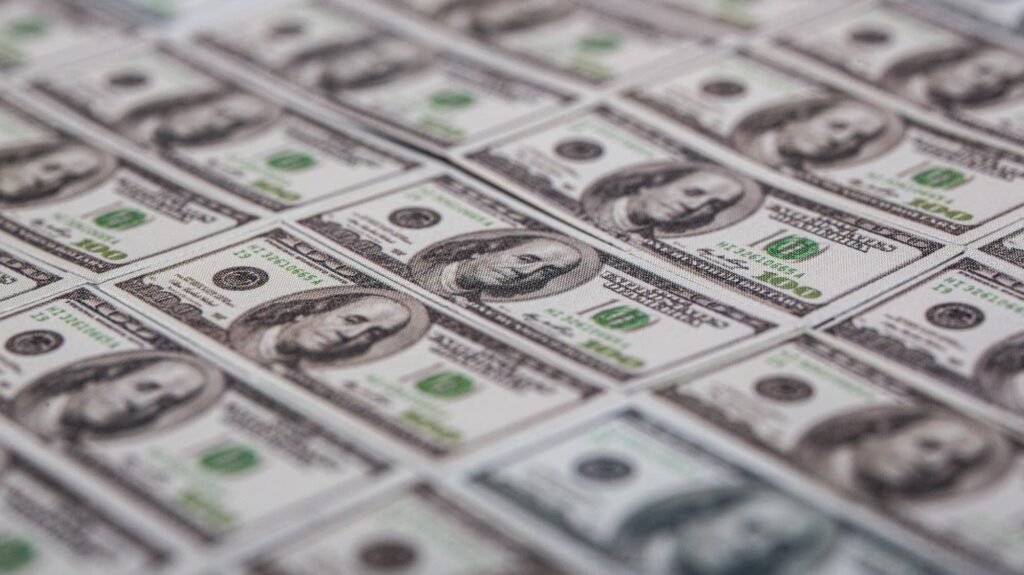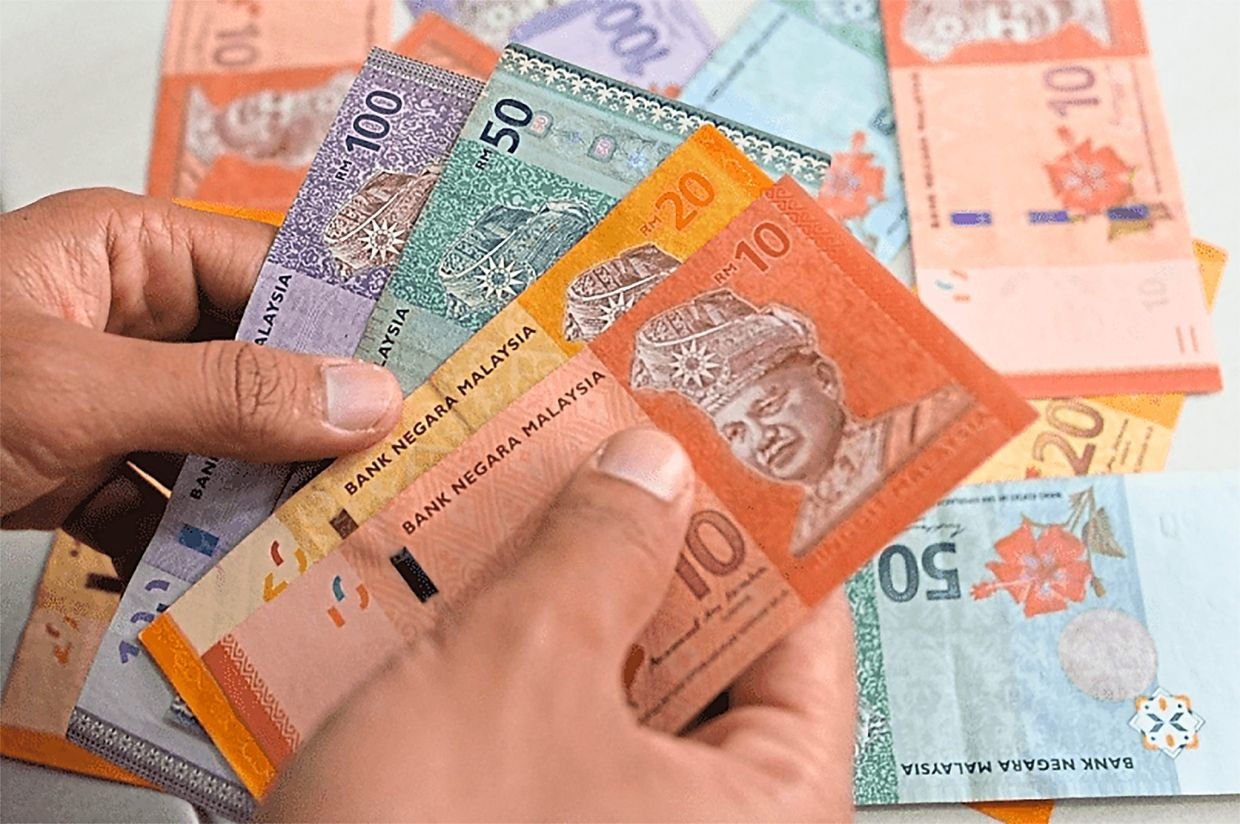The U.S. dollar has fallen about 1% against other major currencies in the last week or so; since mid-January, it’s down more than 10%.
Recently, the dollar’s been weakened by several factors. First, worries about U.S. regional banks, and then President Donald Trump’s renewed tariff threats against China, according to Maurice Obstfeld, a nonresident fellow at the Peterson Institute for International Economics.
“Trade tensions escalate, people worry about more negative consequences for U.S. growth,” he said. “That’s negative for the dollar.”
And with growth flagging, the Federal Reserve has signaled it’ll keep cutting U.S. interest rates, said Paul Christopher, head of global investment strategy at the Wells Fargo Investment Institute.
“At the same time, you’ve seen banks like the European Central Bank basically get to the end of their rate-cutting cycle,” he said. “So that interest-rate differential has been dollar-negative.”
Another dynamic at play, per Cornell economist Eswar Prasad: Central bankers and foreign investors, stung by the Trump administration’s trade policies, would dearly like to ditch the dollar as an international payment currency, as a reserve currency.”
In the past, the dollar has served as a “safe haven” in times of global turmoil. But Maurice Obstfeld said it isn’t working that way now.
“More and more, the kind of shocks that disturb the world economy, that trouble investors, are coming out of the U.S.,” he said — and that could drag the dollar down even more.







